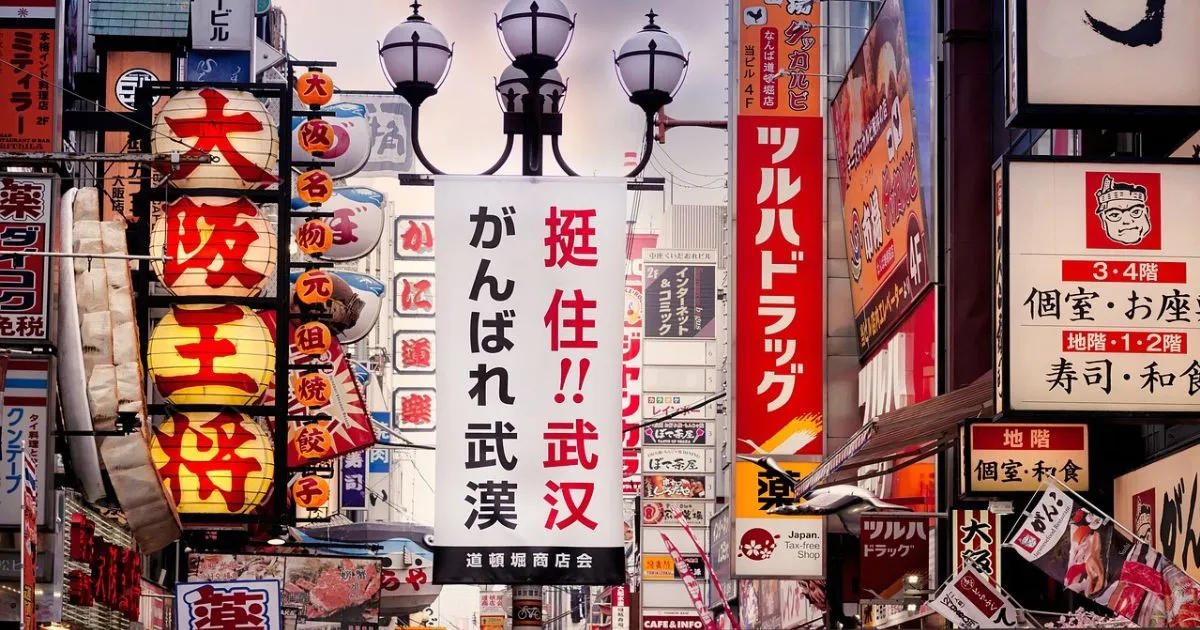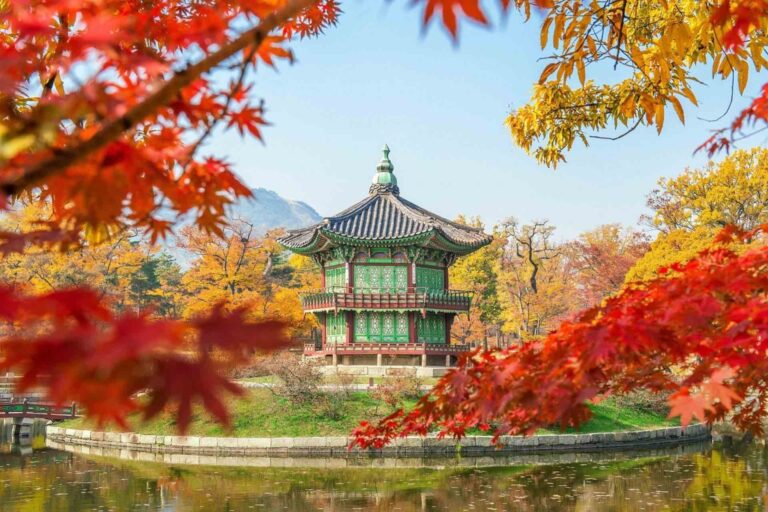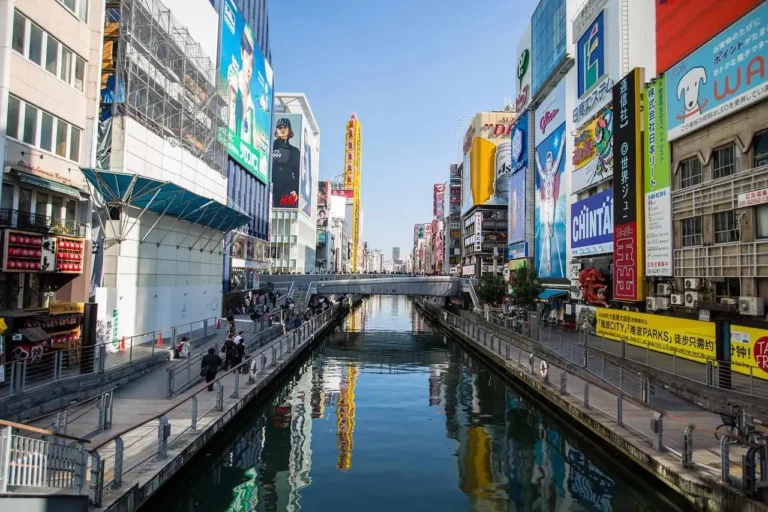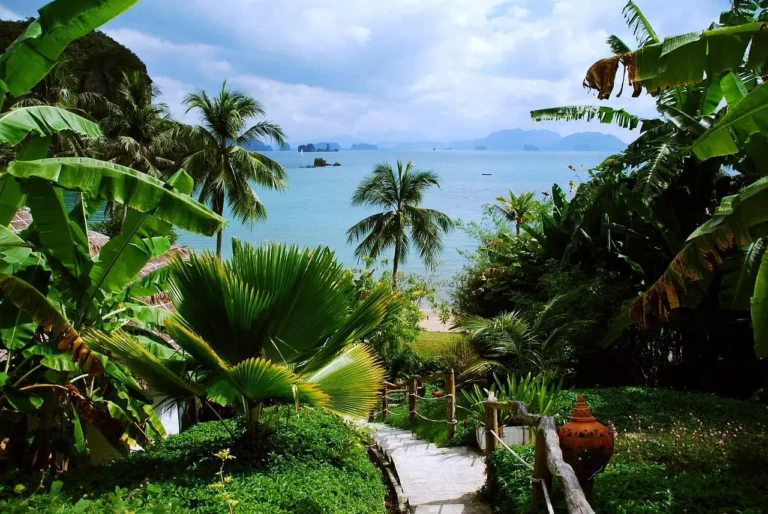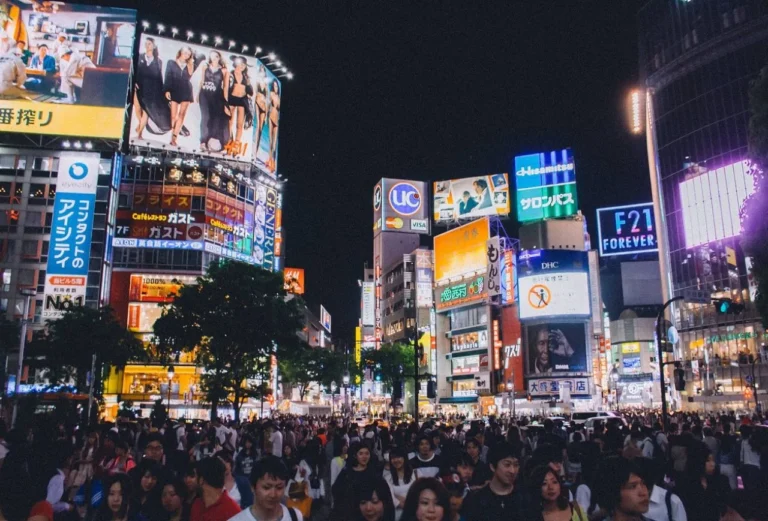Japan Itinerary 14 Days: The Amazing Two-Week Travel Guide
Japan Itinerary 14 Days
Planning a 14-day trip to Japan is perfect for first-timers. You’ll see famous cities, cultural spots, and natural wonders. This guide helps you plan your two-week journey, covering key places like Tokyo, Kyoto, and Hiroshima. It also lets you find hidden treasures.
Whether you’re looking for a two-week Japan trip or your first visit, this guide is for you. It ensures you enjoy every day of your trip.
From Tokyo’s lively markets to Kyoto’s peaceful temples, this itinerary is flexible. You’ll learn about transportation, budgeting, and experiencing Japan’s traditions. Each tip is to help you enjoy Japan’s culture without stress.
Table of Contents
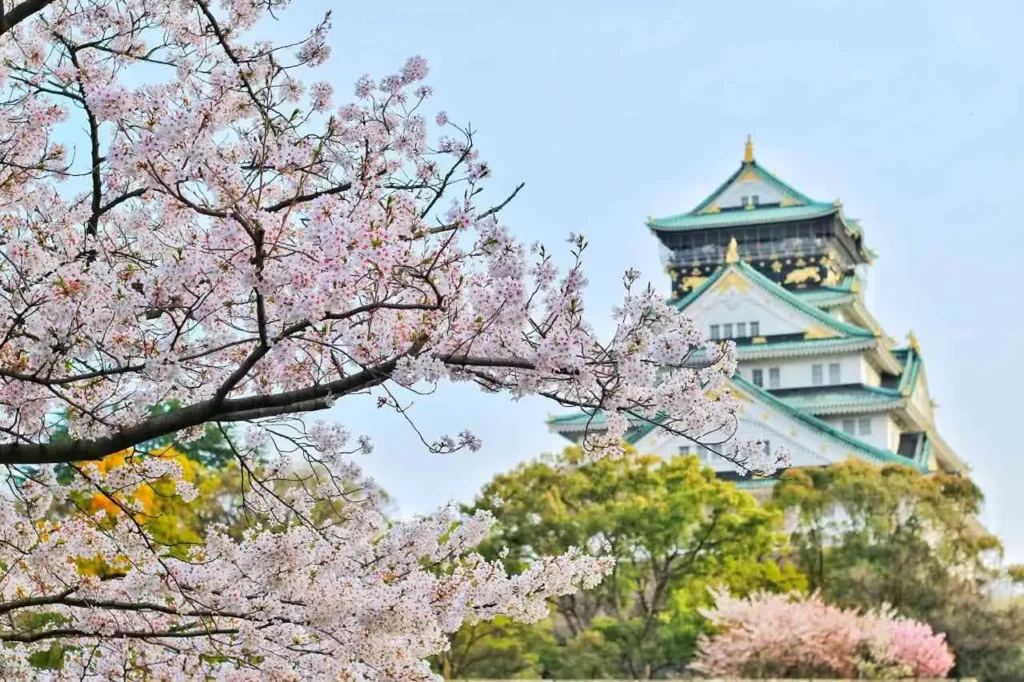
Key Takeaways
- A 14-day itinerary covers Japan’s highlights without feeling rushed.
- Day-by-day plans include Tokyo’s tech hubs, Kyoto’s historic sites, and Hiroshima’s memorials.
- Transportation tips reduce stress with Japan Rail Pass insights and app recommendations.
- Cultural insights explain etiquette, food must-tries, and seasonal events.
- Budgeting advice ensures you enjoy luxury moments while staying practical.
Planning Your Perfect Two-Week Trip to Japan
Starting your Japan itinerary 14 days requires careful planning. It’s important whether you’re new to Japan or have been before. These steps help you see the best sights without feeling rushed.
Best Time to Visit Japan

Japan’s seasons greatly impact your visit. Spring (March–May) is famous for cherry blossoms. Autumn (October–November) is stunning with its leaves.
Summer (June–August) is lively with festivals like Kyoto’s Gion Matsuri. But, it’s also the busiest time. Winter (December–February) is calm but cold. A 14-day trip is perfect for exploring major cities and cultural spots.
Budgeting for Your Japanese Adventure

Plan your budget based on your travel style. Budget travelers can spend ¥15,000–¥30,000 a day. Luxury trips might cost ¥50,000+.
Save money with the Japan Rail Pass for train travel. Set aside funds for must-see places like Tokyo’s Sensō-ji Temple and Osaka’s Osaka Castle.
Essential Travel Documents and Requirements
All U.S. citizens need a passport valid for six months. Get a Japan Rail Pass before you arrive from official sellers like JRPass.com. It’s also wise to have travel insurance for medical emergencies and trip cancellations.
Packing Tips for Different Seasons
Wear layers for Japan’s changing weather. In summer, choose light clothes and a portable fan. For winter, pack warm clothes and waterproof boots.
Remember to bring a haragei (hand warmers) for cold months. Don’t forget a universal adapter (Type A/C) and a reusable water bottle.
Transportation Options for Your Japan Itinerary 14 Days
Traveling efficiently is key to enjoying your japan itinerary two weeks. Japan’s transport network is vast. But, picking the right options helps you make the most of your time. Let’s explore your choices to make your journey smoother.
Japan Rail Pass: Is It Worth It?
Whether to buy a japan in two weeks itinerary rail pass depends on your travel plans. The Japan Rail Pass is a good deal if you visit major cities like Tokyo, Kyoto, and Osaka. A 7-day pass lets you travel unlimited on JR lines, perfect for a 14-day trip.
Check if your route includes JR lines. Non-JR trains, like some local subways, are not covered. A round-trip from Tokyo to Kyoto by bullet train costs about ¥13,000 without a pass. But, with a pass, it’s free. Use JR Pass official tools to see how much you can save.
Domestic Flights vs. Bullet Trains
| Option | Time | Cost | Flexibility |
|---|---|---|---|
| Bullet Train (Shinkansen) | 2.5 hours (Tokyo-Kyoto) | ¥13,000 (without pass) | Scenic views, direct routes |
| Domestic Flights | 1 hour (Tokyo-Kyoto) | ¥18,000–25,000 | Better for remote areas like Hiroshima |
Use flights for long distances, like Tokyo to Hiroshima (3 hours by train vs. 1 hour by plane). If you’re watching your budget, trains might be better. But, if you’re short on time, flights are faster.
Using Transportation Apps and Services
- Download Hyperdia for real-time train schedules and route planning.
- Charge a Suica or Pasmo IC card for easy subway/bus payments in cities.
- Google Maps now includes train routes—ideal for navigating Tokyo’s subway maze.
Apps like Japan Transit Planner help calculate costs and transfer points between JR and private lines.
Navigating Public Transportation in Japanese Cities
Subways and buses are common in cities. Look for station maps with English symbols. Always use blue/green gates for IC cards on trains. Buses need exact change—use apps like Google Translate to check route numbers.
Pro tip: Night buses save on hotel transfer costs.
Tokyo and Surroundings (Days 1-5)
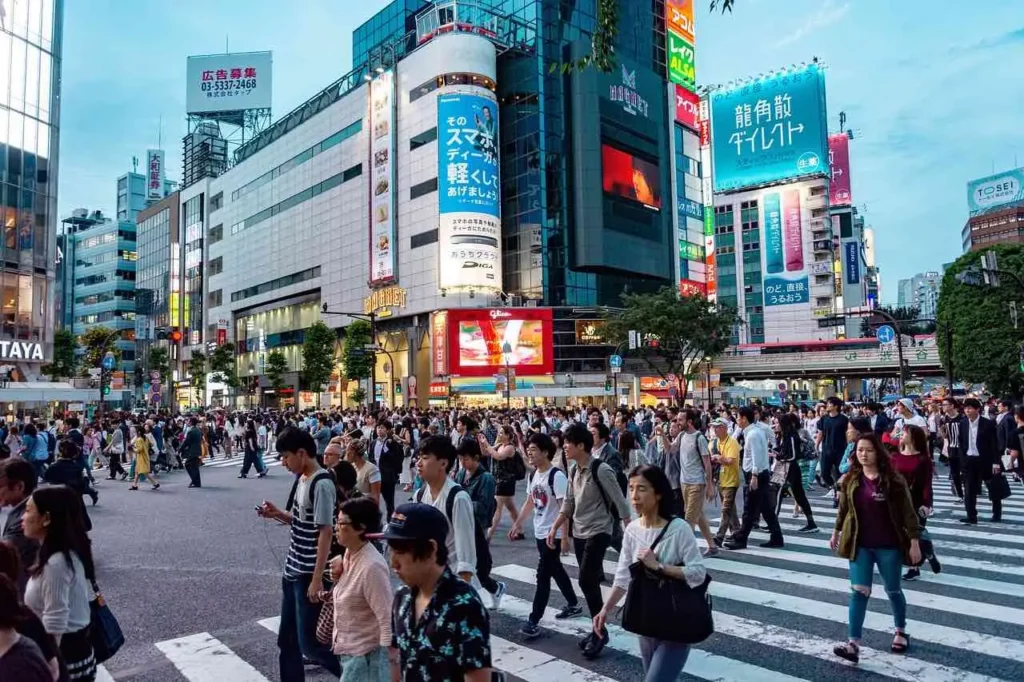
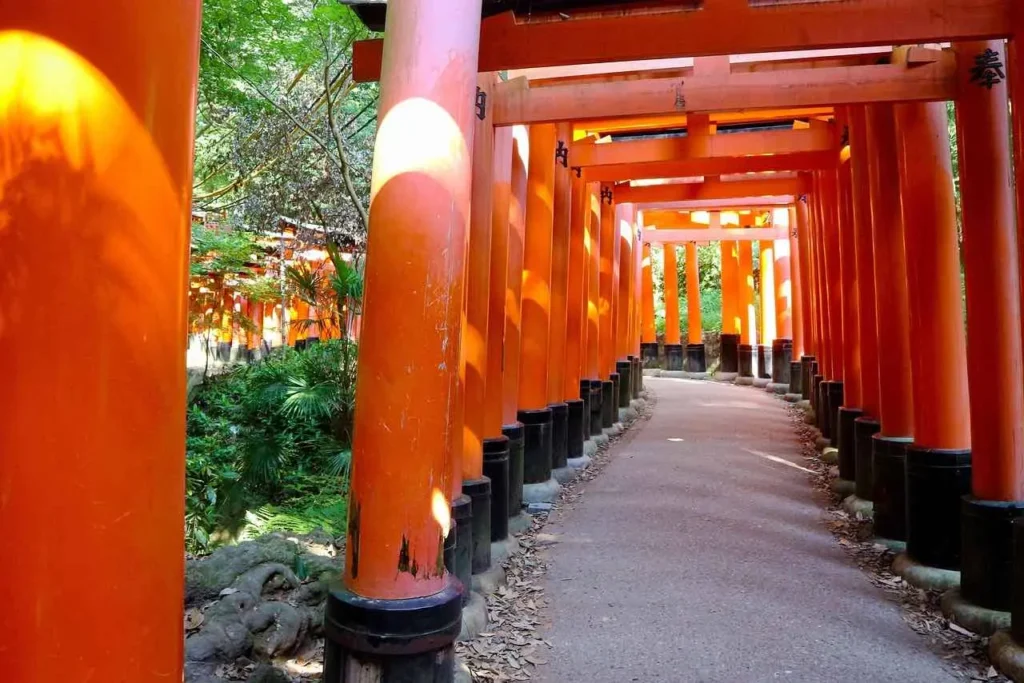
Start your japan itinerary 14 days in Tokyo, where old meets new. This 5-day part of your japan itinerary for first timers lets you see the city’s contrasts slowly. Here’s how to plan your time in Japan’s capital:
| Day | Highlights | Key Tips |
|---|---|---|
| Day 1 | Shibuya Crossing, Meiji Shrine, Tokyo Tower | Start early to beat crowds at the Scramble Crossing |
| Day 2 | Asakusa’s Senso-ji Temple, Nakamise Street | Wear comfortable shoes for temple steps |
| Day 3 | Harajuku fashion districts, Omotesando Hills | Explore Takeshita Street for kawaii culture |
| Day 4 | Kamakura (Great Buddha) or Nikko (shrines) | Choose based on interests: coastal vs. mountain scenery |
| Day 5 | Odaiba’s teamLab Planets, Akihabara | Save Skytree views for sunset |
Use the japan itinerary for first timers guide to see the best spots. Tokyo’s 5 days mix fun and rest. Tip: stay near Shinjuku or Asakusa for easy travel.
- Try sushi at Tsukiji Outer Market
- Ride the Yamanote Line for scenic loops
- Download Google Maps offline for navigation
Kamakura is 1.5 hours by train; Nikko takes a full day but has UNESCO sites. End in Odaiba or Akihabara. This plan lets you enjoy Tokyo without feeling rushed.
Kyoto, Osaka, and the Kansai Region (Days 6-10)
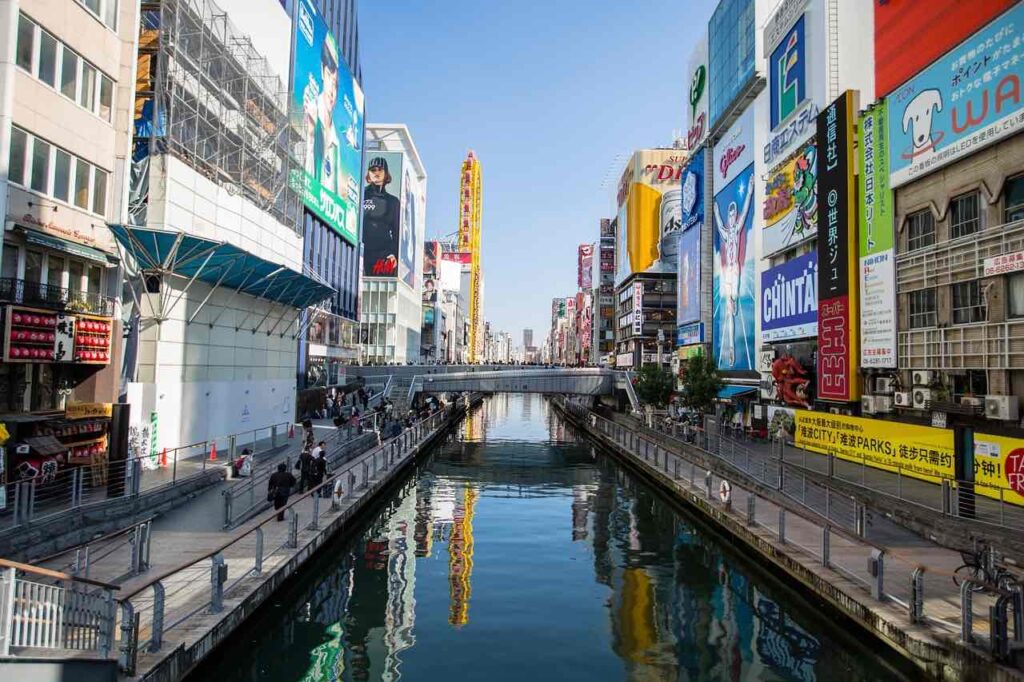

Your Japan itinerary two weeks takes you to Kansai. Here, ancient history meets modern food. The area is small, so you can see temples and markets easily without long travel times.
Ancient Temples and Shrines of Kyoto
Start in Kyoto, a key part of your 14-day journey. Visit Fushimi Inari Taisha’s famous red gates early to avoid the crowds. Then, head to Kinkaku-ji (Golden Pavilion) and explore Arashiyama’s bamboo grove and Tenryu-ji Temple.
End your Kyoto days by walking through Gion. Here, you’ll see geiko and maiko walking by ryokan tea houses.
Food Adventures in Osaka
Osaka is known as “Japan’s Kitchen.” At Dotonbori, try
- gooey takoyaki
- crispy kushikatsu
- savory okonomiyaki
under neon lights. In the mornings, visit Kuromon Market for fresh sushi and octopus. Don’t miss the tanuki korokke at local stalls. Finish your day with a visit to Osaka Castle’s beautiful gardens at night.
Day Trip to Nara: Land of Friendly Deer
“The deer of Nara are guardians, not pets—feed them only official sekiban squares,” say local guides.
Take the Haruka Express to Nara Park, home to 1,200 wild deer. See the massive Buddha at Todai-ji and then walk through Kasuga-taisha’s lantern-lit paths. Return to Kyoto by evening to keep your 14-day pace.
Exploring Himeji Castle and Kobe
Visit Himeji Castle, a UNESCO site known as “White Heron Castle.” Then, head to Kobe for its gourmet food. Take the Sanyo Line from Osaka and enjoy Kobe beef at Ryogin or Shinrabansho. Finish your day with sake tasting in Nada before returning.
Beyond the Beaten Path: Hiroshima, Miyajima, and Hakone (Days 11-13)

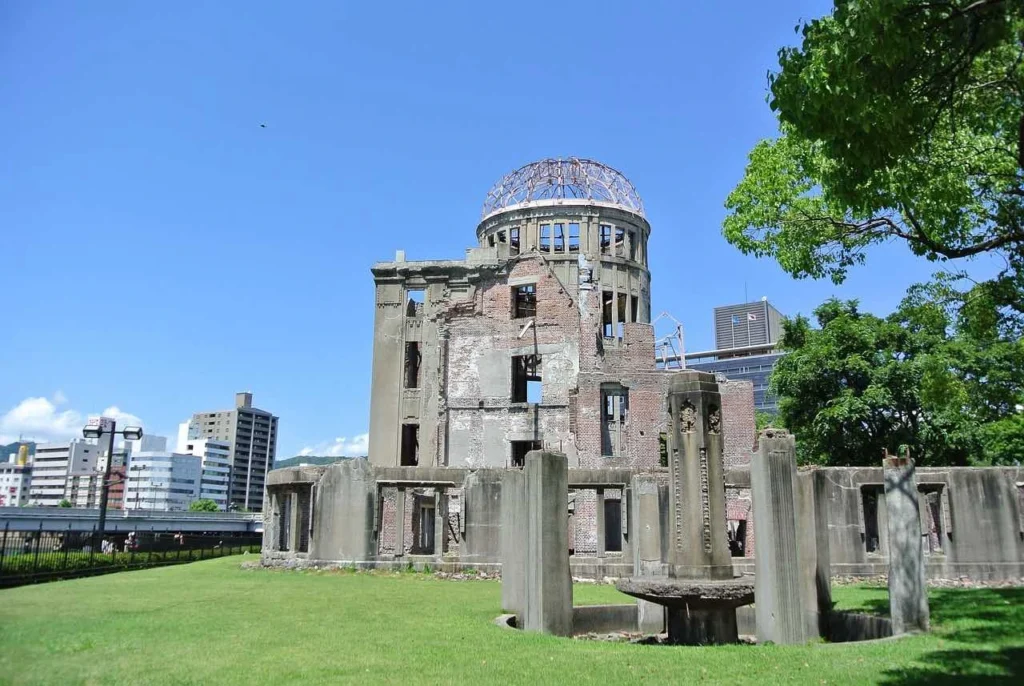
Days 11 and 12 are all about Hiroshima and Miyajima. These places mix history with stunning nature. Start at the Peace Memorial Park, a place of deep reflection. Spend 1–2 hours at the Peace Memorial Museum and then enjoy Hiroshima-style okonomiyaki at Yakioni or Genki-Jiru.
Miyajima’s iconic floating torii gate is a must-see on Day 12. Take a 30-minute ferry from Hiroshima Port to the island for ¥1,500 round-trip. Climb to Itsukushima Shrine at high tide for a breathtaking view. Hike Mount Misen for amazing views. Many stay overnight for moonlit bay views.
Day 13 in Hakone ends your japan itinerary for first timers with volcanic beauty. Explore the Hakone Round Course using the Hakone Tozan Railway and cable cars. Highlights include:
- Lake Ashi cruises with Mount Fuji views (weather permitting)
- Black egg boiling at Owakudani’s volcanic valley
- Private onsen access at ryokans like Kusakabe or Hotel New Toya
| Day | Destination | Key Activity |
|---|---|---|
| 11 | Hiroshima | Peace Park, okonomiyaki tasting |
| 12 | Miyajima | Torii gate visit, Mount Misen hike |
| 13 | Hakone | Hot springs, volcanic scenery |
Before heading back to Tokyo, enjoy an onsen. Remember these rules:
- Wash thoroughly before entering baths
- Keep swimsuits out of pools
- Chatting is discouraged in baths
Use the JR Pass for the Shinkansen to Hakone or Tokyo. These three days add depth to your japan in two weeks itinerary. This japan itinerary 14 days finale gives you a full view of Japan’s heritage and landscapes.
Conclusion: Making the Most of Your Two Weeks in Japan
On day 14, focus on getting to the airport smoothly. From Tokyo, the Narita Express or Keikyu Line to Haneda are good choices. Don’t forget to buy souvenirs at Tsukiji Outer Market or Takashimaya’s duty-free shops. Also, collect receipts for tax refunds at the airport’s green lanes.
This japan itinerary two weeks mixes Tokyo’s buzz, Kyoto’s traditions, and Hiroshima’s history. It’s perfect for japan itinerary for first timers. Even though 14 days cover the main spots, think about what you like. Swap the Alpine Route for Kanazawa’s heritage or stay longer in Osaka for more food adventures. Being flexible lets you enjoy every moment without rushing.
Being culturally aware makes your trip better. At onsens, remember no towels in hot springs. Bow slightly at temple gates, and say “oishii” (“delicious”) to honor meals. On trains, keep your voice down and avoid eating; these small actions show respect and build connections.
Knowing how many days to visit japan well depends on what you want to see. Two weeks let you see ancient shrines, modern tech, and peaceful nature. Enjoy the surprises, like visiting Meiji Shrine or relaxing in Arashiyama’s bamboo groves.
Japan’s mix of new and old leaves a strong mark. Even in 14 days, you’ll see why it draws so many visitors. Whether it’s returning to Hiroshima’s peace memorial or trying Kobe beef, every detail matters. This trip is more than just a journey—it’s the beginning of a deep connection with a culture that values precision, beauty, and kindness.
FAQ
How many days do I need to fully experience Japan?
A two-week trip is perfect for first-timers. It lets you see big cities like Tokyo and Kyoto. You also get to explore some hidden spots without feeling rushed.
This time frame is great for seeing sights and diving into the culture.
What should a typical Japan itinerary for two weeks include?
Your Japan trip should cover major spots like Tokyo, Kyoto, and Osaka. Don’t forget day trips to Nara or Hiroshima. Make sure to include time for cultural activities and trying local food.
Is it worthwhile to get a Japan Rail Pass for a two-week trip?
Yes, the Japan Rail Pass can save you money. It’s especially useful for traveling between cities. It makes your two-week trip easier to manage.
What are the best seasons to visit Japan?
Spring (March-May) is great for cherry blossoms. Autumn (September-November) is perfect for fall colors. But, each season has its own charm, so any time is good for a visit.
What should I pack for my trip to Japan?
Packing depends on the season. Bring layers, comfy shoes, an umbrella, and your electronics. Remember to dress modestly when visiting temples and shrines.
Can you recommend transportation options in Japan?
Japan’s public transport is top-notch. Use subways, buses, and Shinkansen trains. Apps like Google Maps and Hyperdia help with routes. IC cards like Suica or Pasmo make paying fares easy.
What are must-try foods when in Japan?
Try sushi, ramen, okonomiyaki, and takoyaki. Each area has its own food specialities. This makes your food adventure exciting during your stay.
How do I interact respectfully with locals?
Respecting Japanese customs is key. Be polite, bow when greeting, and avoid personal topics. Follow site rules at religious places, like being quiet and dressing properly.

